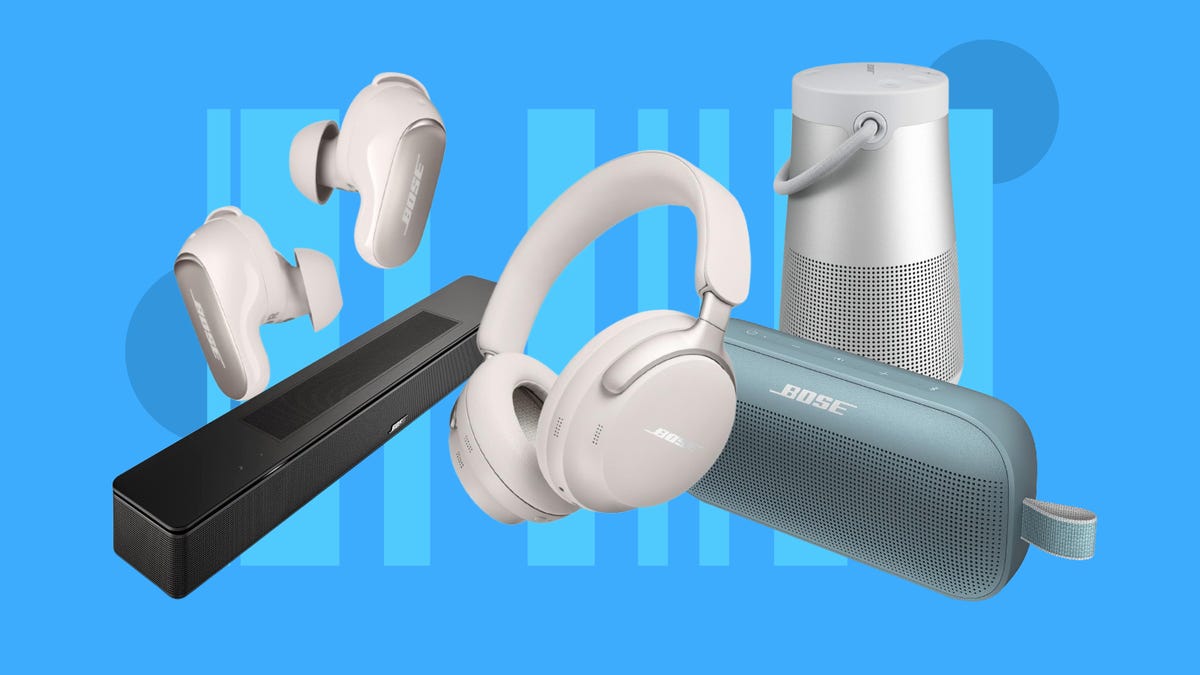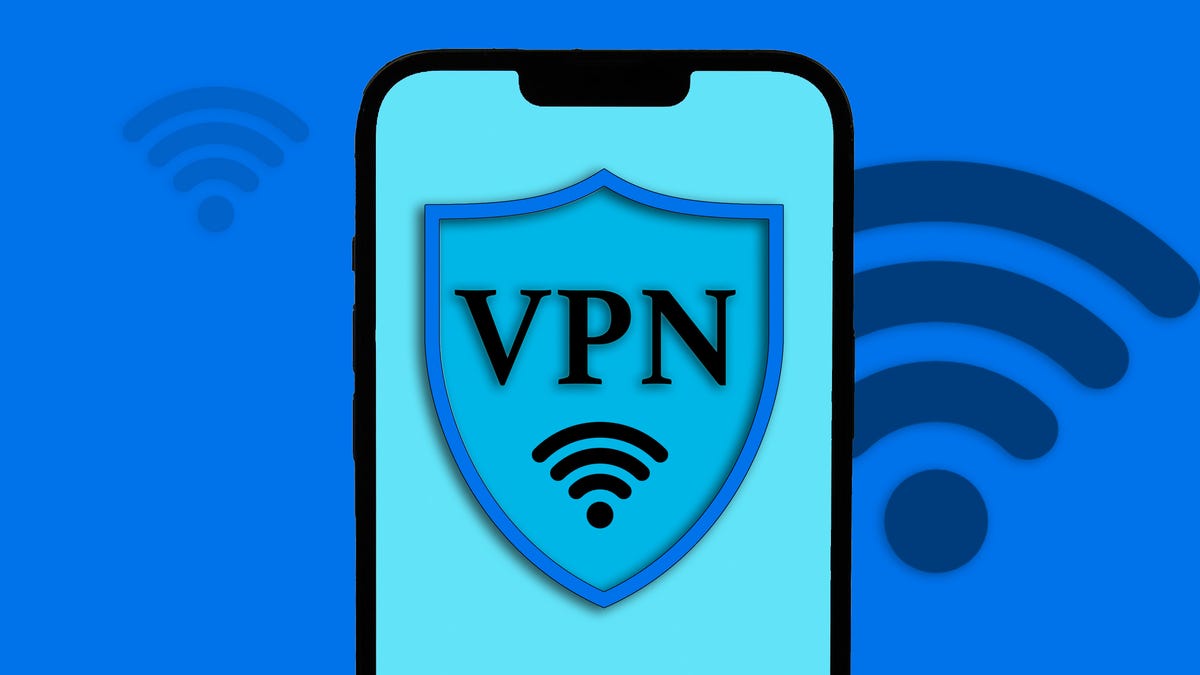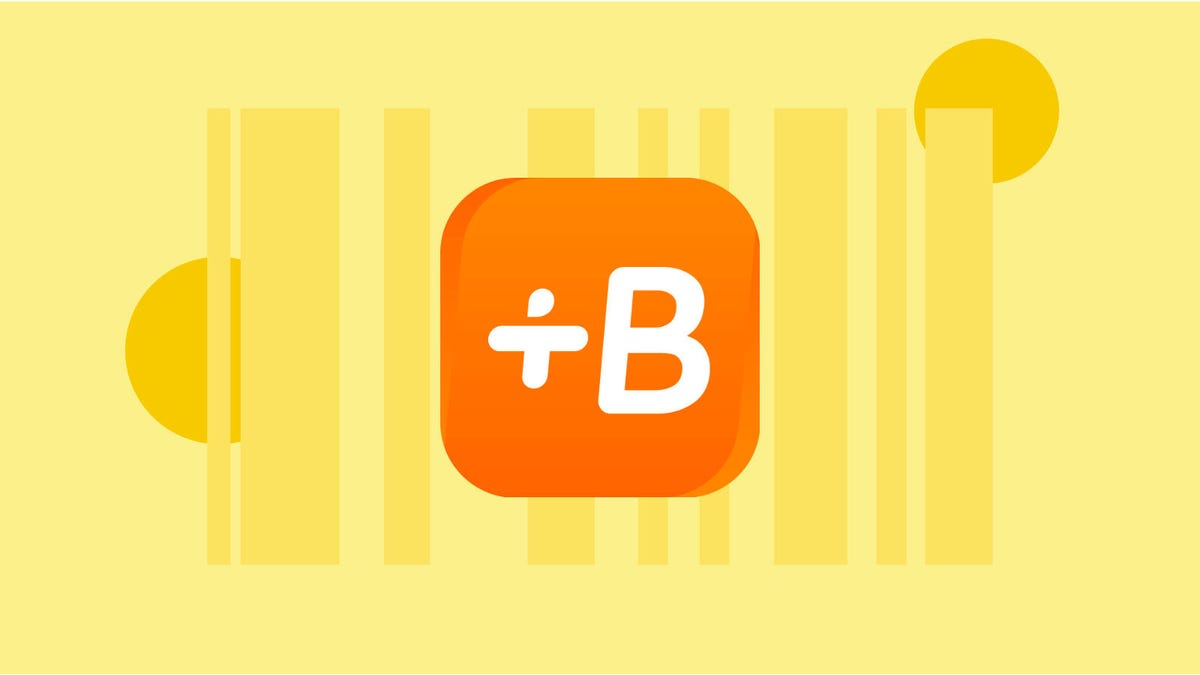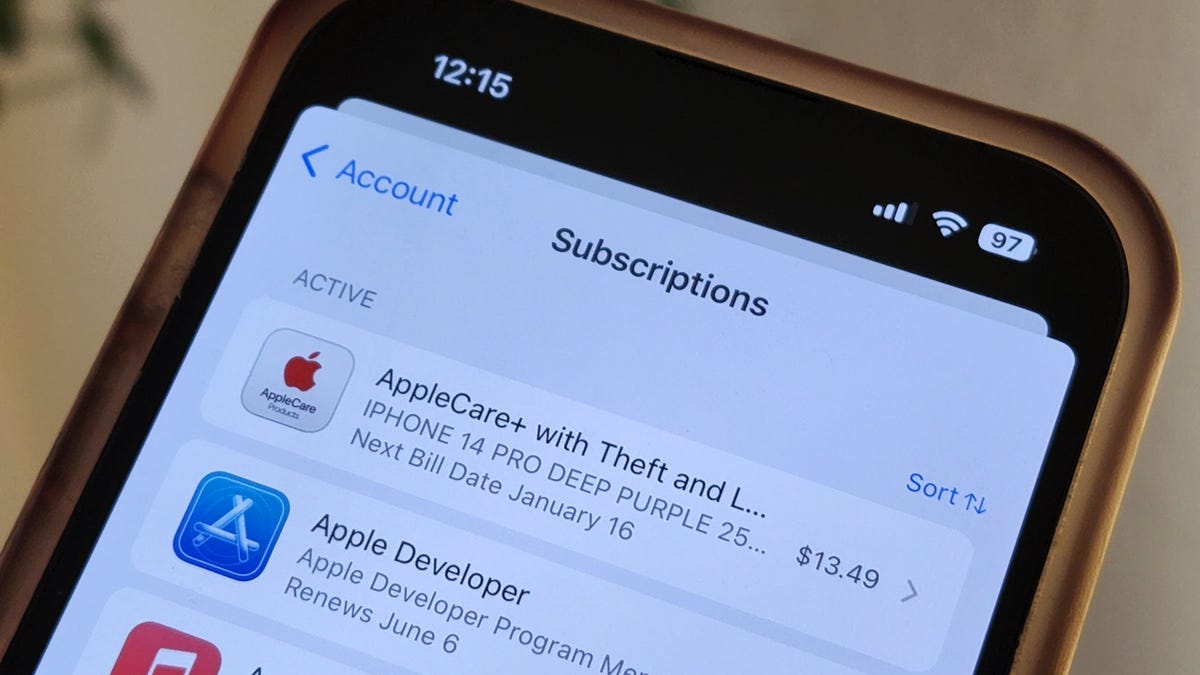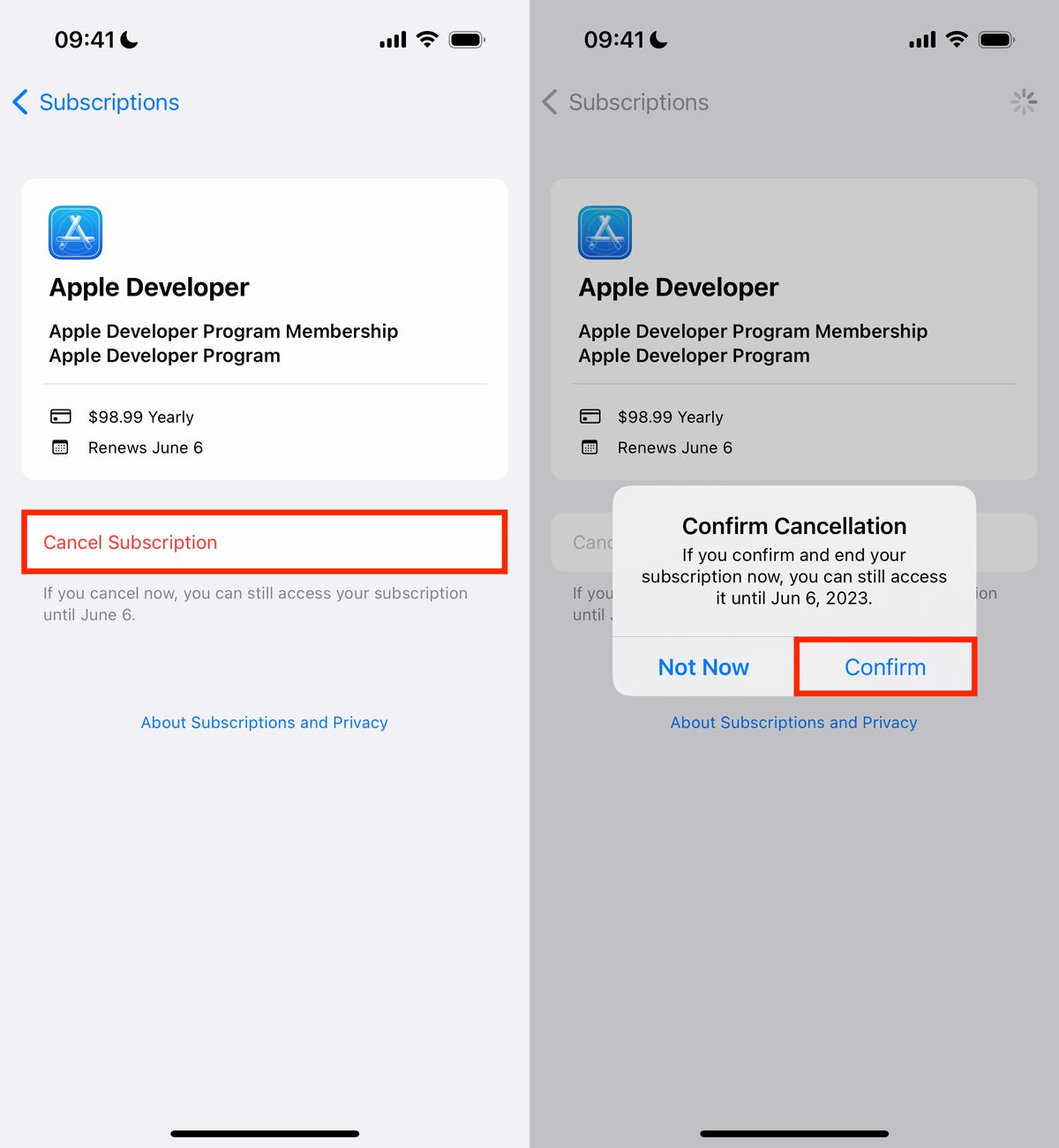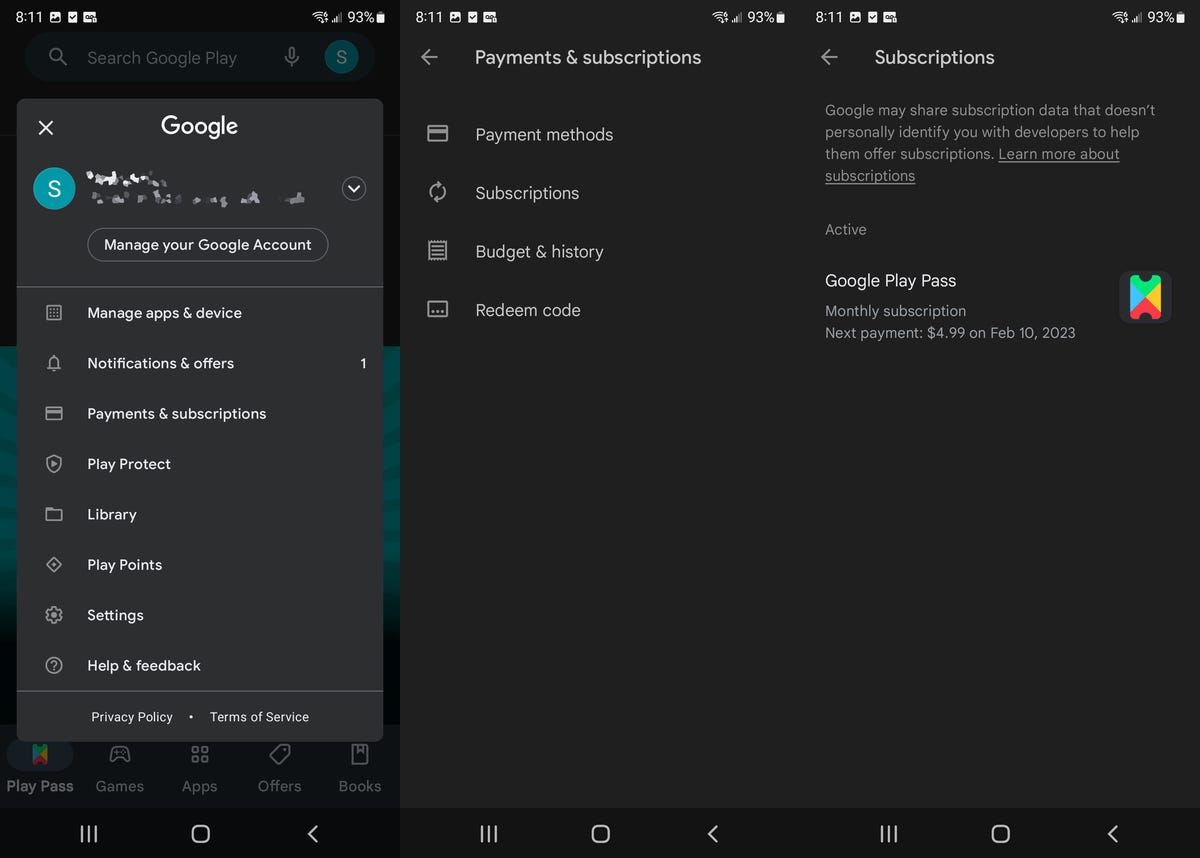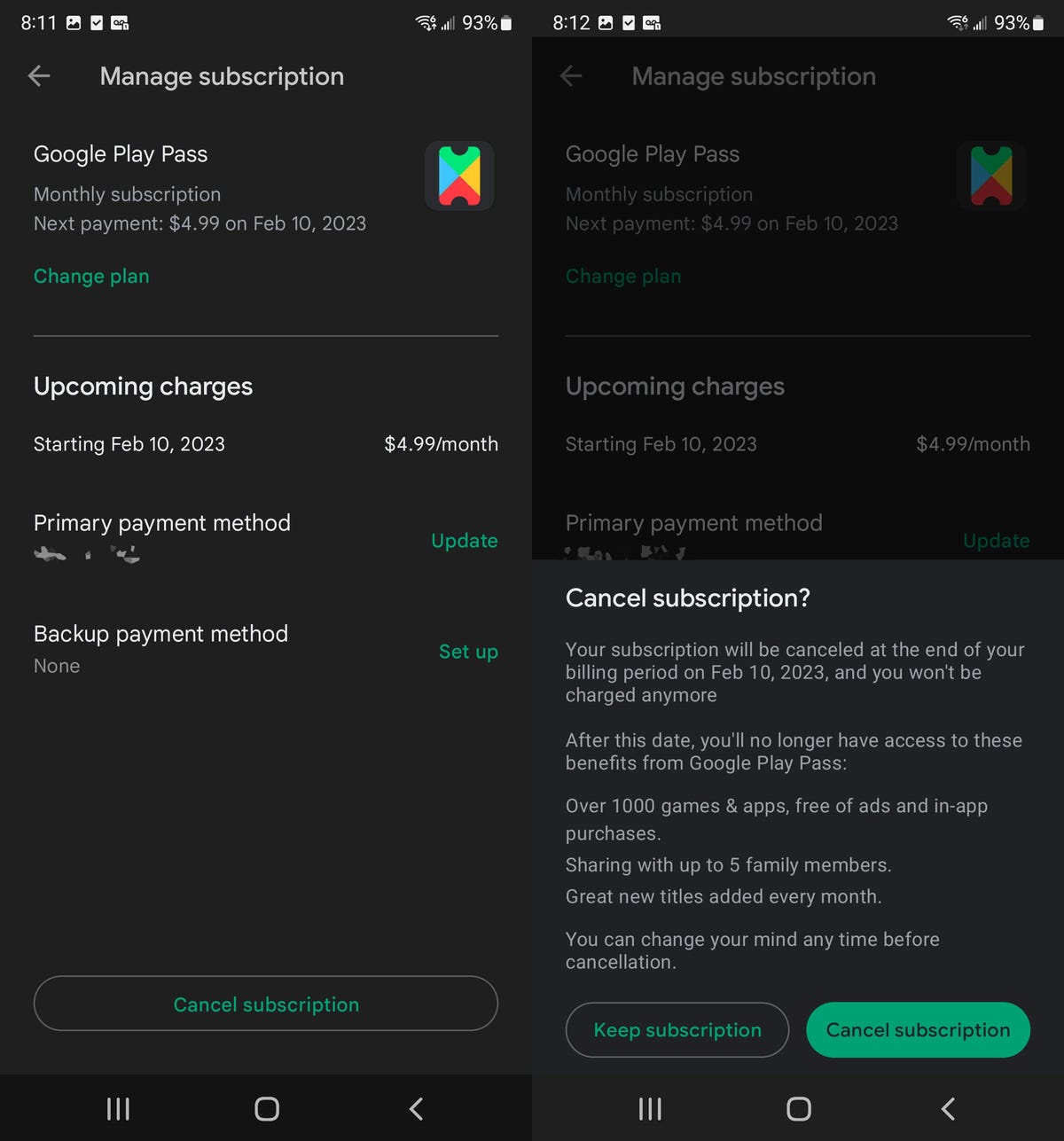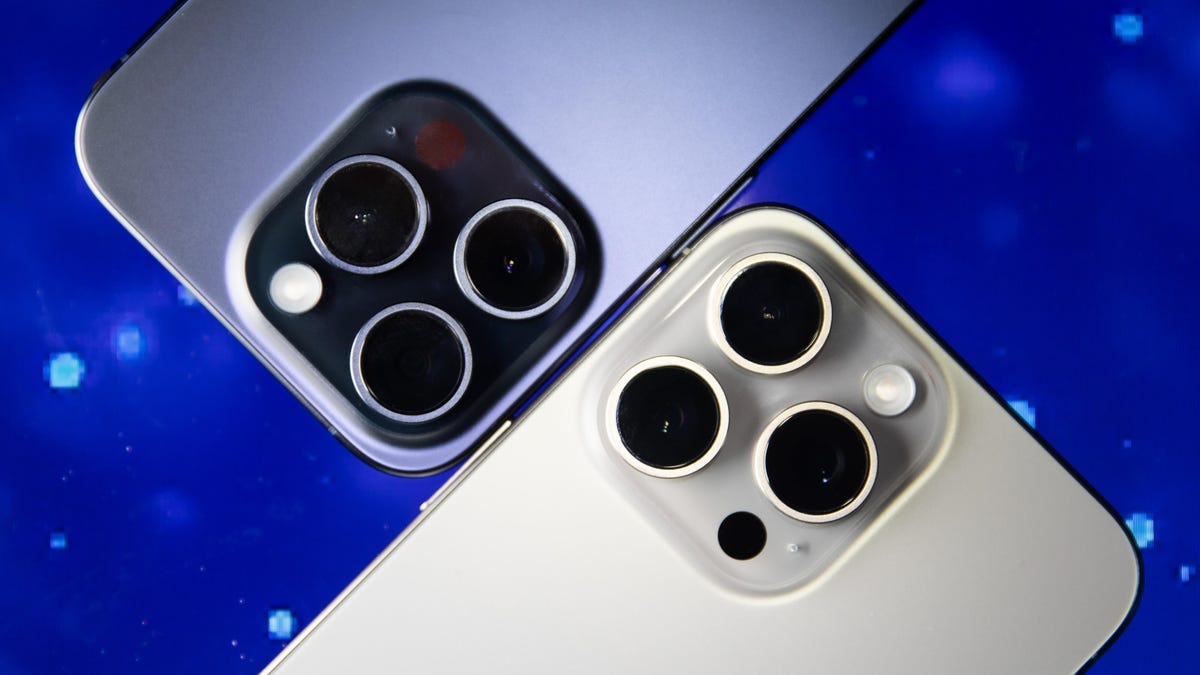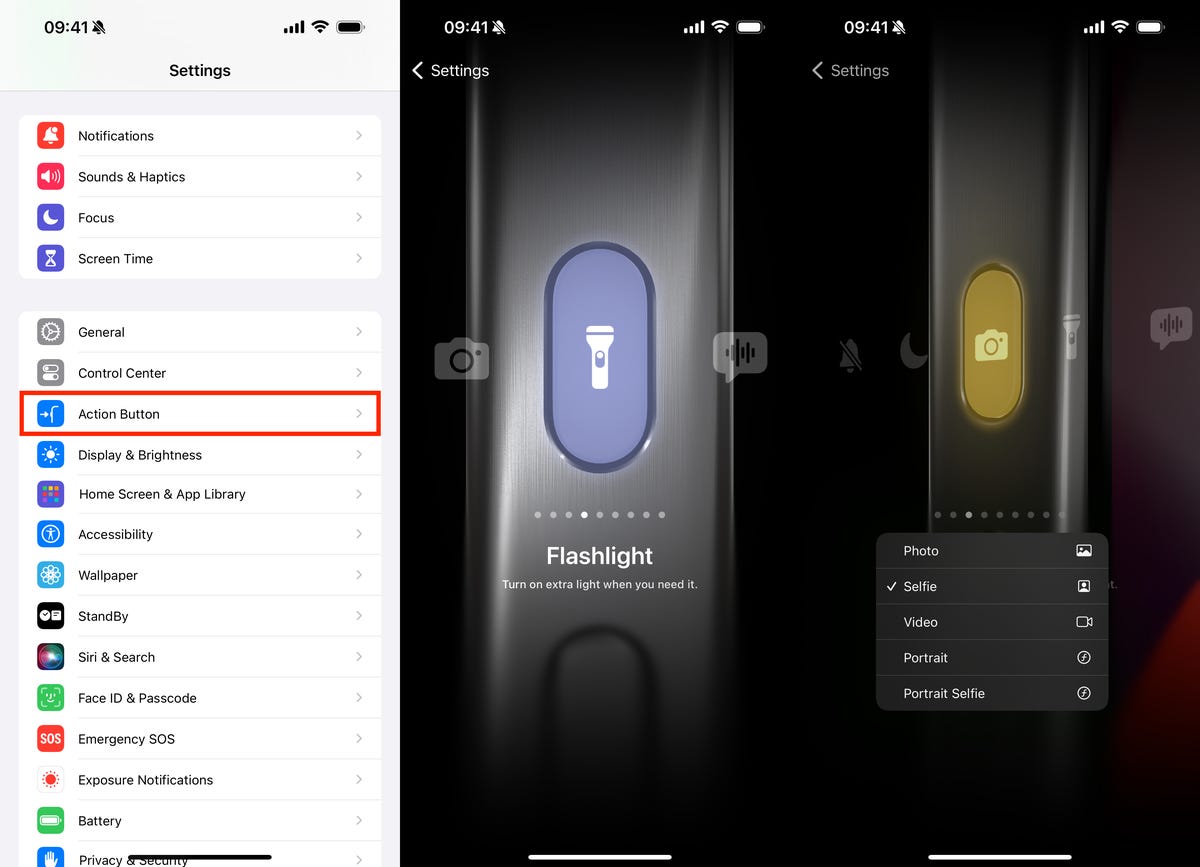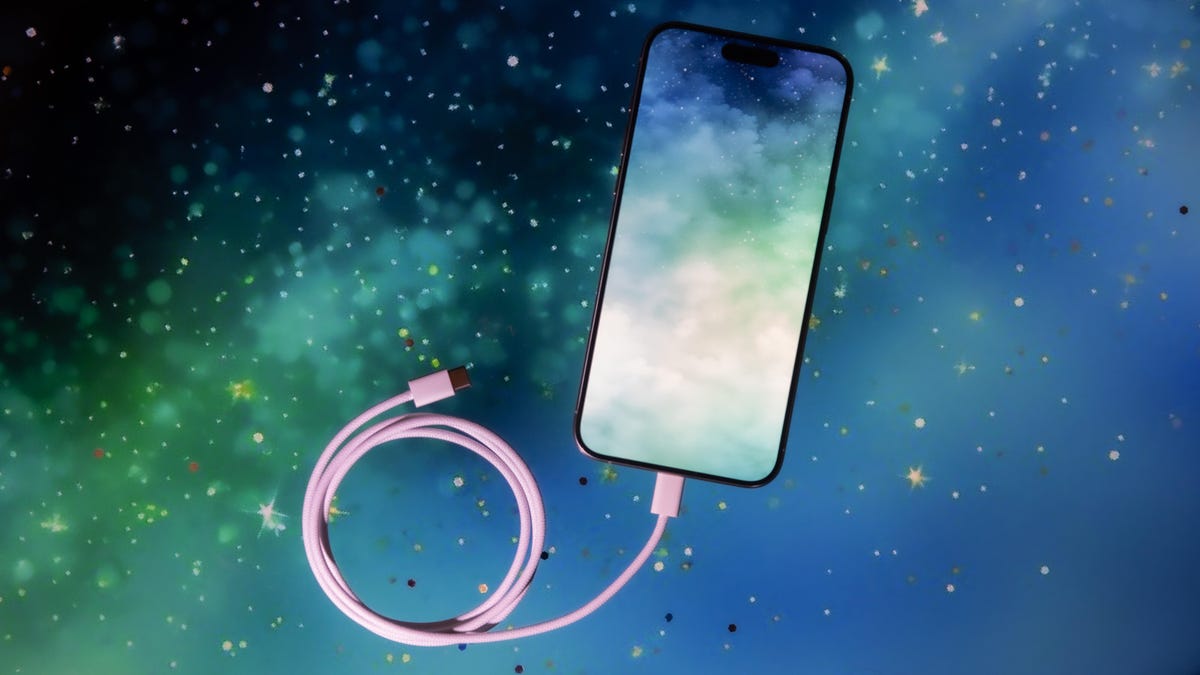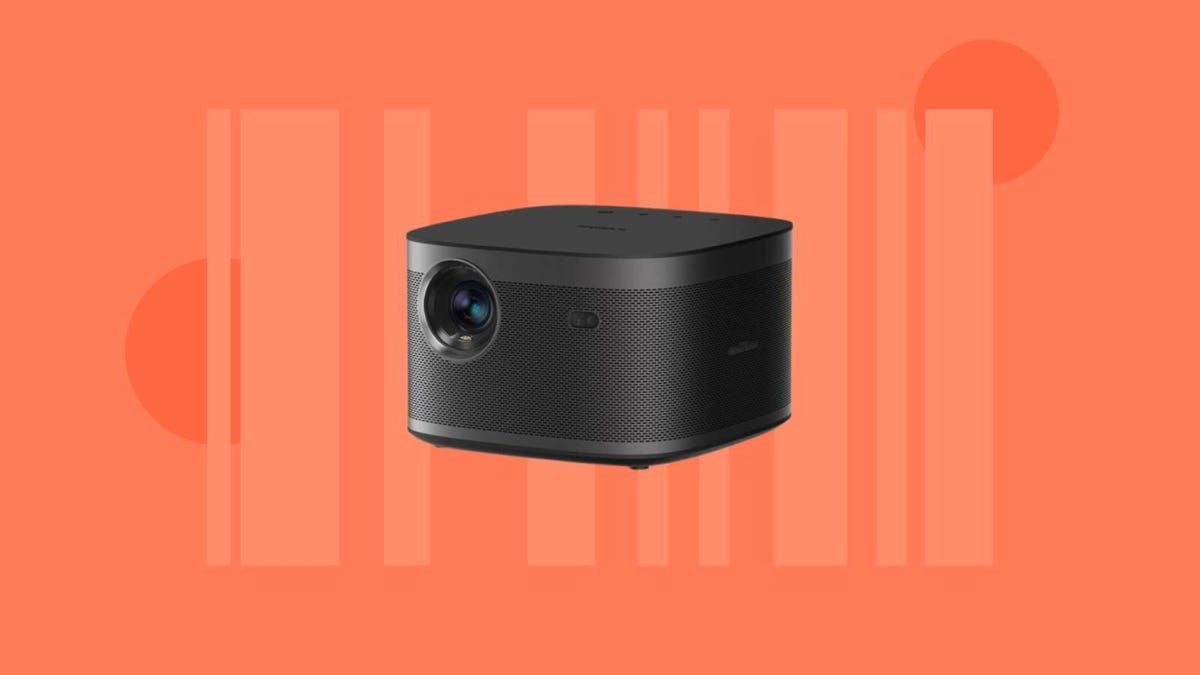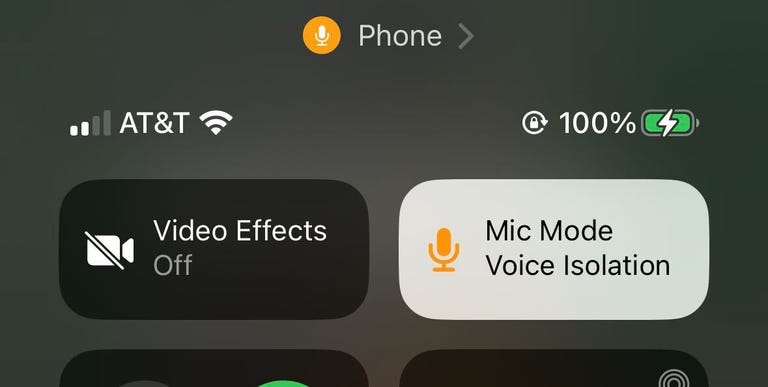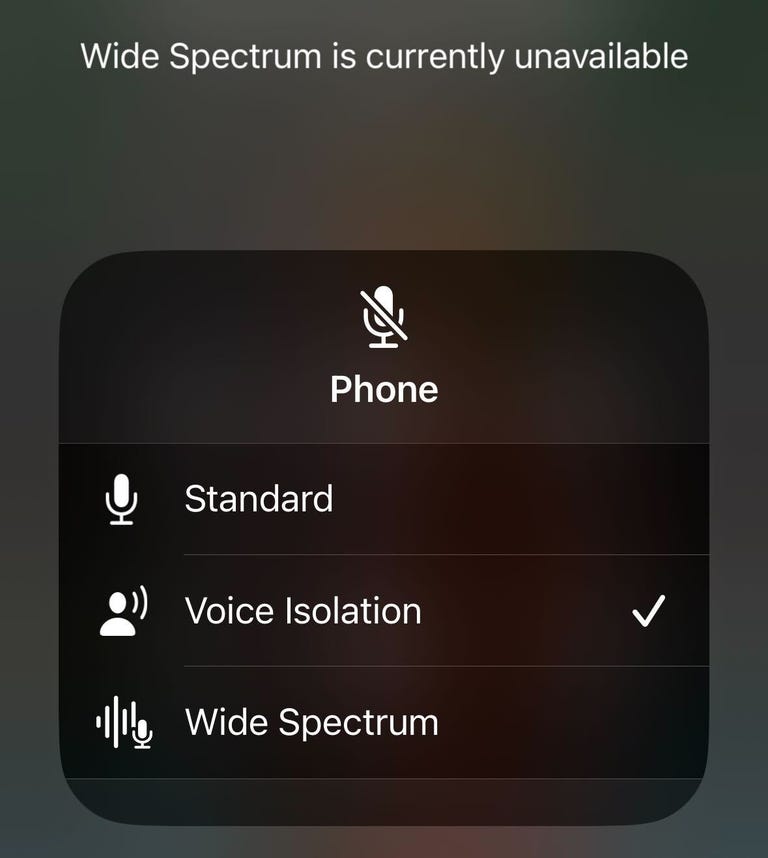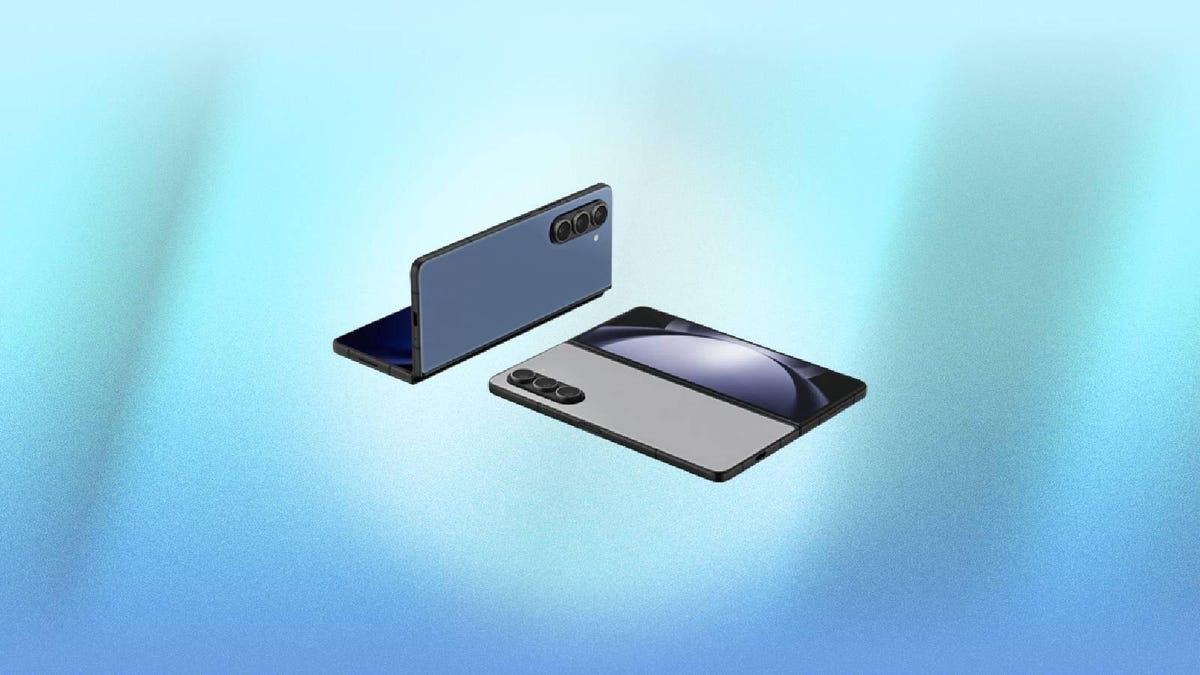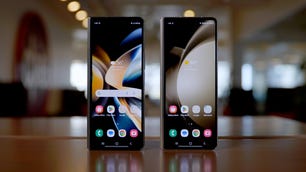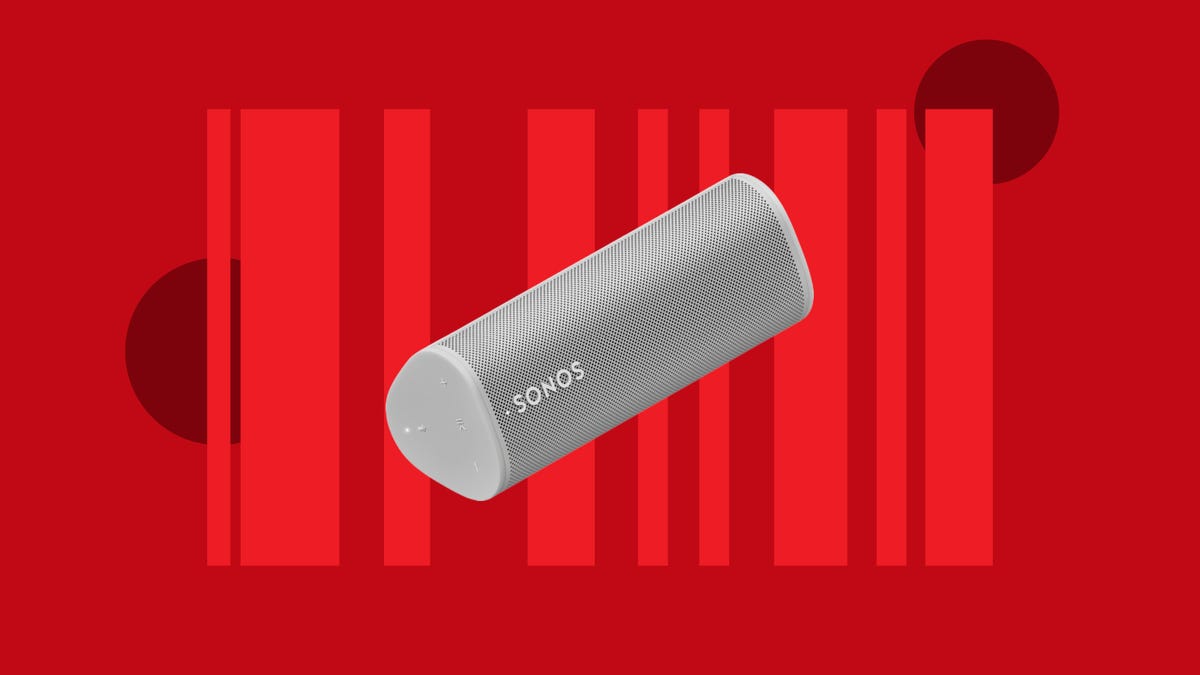If you’re looking for a way to boost the security and privacy of your online activities, you might be thinking about using a VPN.
VPNs, or virtual private networks, are designed to do just that. A good VPN routes your internet traffic through a secure server, which hides your IP address, encrypts your traffic and keeps your personal data away from prying eyes.
Those capabilities have made the software popular with everyone from human rights activists to regular people just looking to stream blacked-out sporting events or other TV programs.
There are countless VPN options out there ready for download, including some you don’t need to pay for, but experts you really need to think before installing anything that’s being given away free of charge, as well as educate yourself about the possible risks that come with them.
In this story, we’ll cover the potential pitfalls you face when using a free VPN, including slower speeds and your data being collected and sold, and we’ll also show you why there is one free option that you should consider.
If you want to learn more about VPNs, check out our review of ExpressVPN, our Editors’ Choice for Best VPN, and how Express stacks up against NordVPN.
Limited features
Free VPNs typically offer a basic set of features that may not be sufficient to meet your privacy and security needs. They often lack advanced features, such as split tunneling, which splits your internet traffic and sends some of it through your VPN and the rest through an open network, and the ability to bypass geo-restrictions for streaming, in case you want to route your traffic through another country. These limitations can significantly affect your online experience and may not provide the level of protection you’re looking for.
Weak encryption
One of the primary reasons for using a VPN is to benefit from the strong encryption protocols that keep your data secure. However, many free VPNs employ weak or outdated encryption protocols like PPTP, which can leave you vulnerable to cyber threats, data theft and more.
Data caps
Free VPNs typically impose limits, restricting the amount of data you can transfer through their service. If you’re a heavy user — watching high-quality videos, for example, or streaming games — this can be particularly problematic. You may reach the data cap quicker than you like, and you won’t be able to fully use the VPN until the data cycle starts over, which is usually every month.
Slow speeds
When a VPN is free, you’ll be sure to find users flocking to use the service. That can lead to servers being overcrowded, which slows down connection speeds and ends up in high latency and frequent buffering. This will have a major impact on your browsing, streaming and gaming experiences. Although all VPNs will slow your speeds somewhat, the dip in speeds will be largely unnoticeable if you use a fast VPN.
Limited server options
This may not sound like a major issue at first, but having fewer servers to choose from can cause a free VPN to struggle to provide you with a reliable and fast connection. That also makes it more difficult for you to access geo-restricted content.
Data collection
Many free VPNs generate revenue by collecting and selling your browsing data to third parties, which weirdly defeats the purpose of using a VPN to protect your privacy. Data collection like this can result in targeted ads, privacy breaches and even identity theft, and that isn’t worth using the free VPN.
Ads and pop-ups
Aside from your data, free VPNs rely on advertisements to make money. As a result, you may be bombarded with intrusive ads and pop-ups while using the service, which can be pretty annoying.
Malware
Some of the more unknown and less reputable free VPNs could have malware hidden in their software, posing a risk to your device and personal data. If you download a potentially malicious VPN, you’re compromising your security and making yourself susceptible to hacking or data theft.
However, there is one free option you should consider
Developed by the same team behind encrypted email service ProtonMail, ProtonVPN offers a free plan that doesn’t have data caps, impose speed limits or shove advertisements in your face. It does have limitations, like limited servers and support for only a single device, but ProtonVPN does provide the strong encryption you may be looking for to prevent your ISP from tracking your browsing — without spending money. It’s the only free VPN that CNET endorses using because it’s the only one that avoids all the problems we’ve mentioned.
Check out our review of ProtonVPN.
